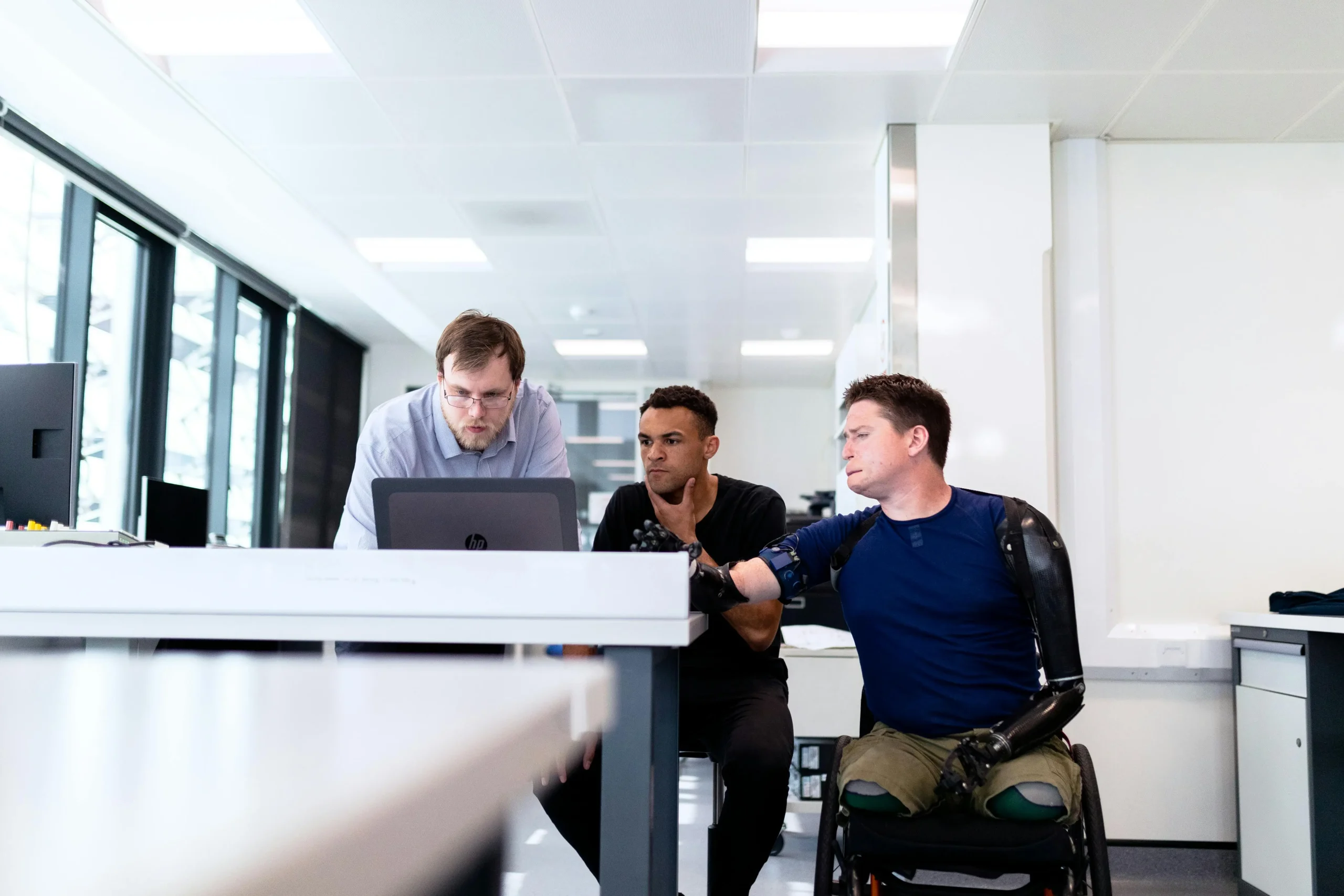Imagine a world where everyone, regardless of ability, has an equal chance to thrive professionally. This isn’t just a dream; it’s a necessity. Accessible employment ensures that individuals with disabilities have the opportunities, accommodations, and support they need to succeed in the workplace.
But what’s holding us back? Despite progress, barriers—both seen and unseen—still prevent millions from realizing their full potential.
As Maya Angelou wisely said, “Do the best you can until you know better. Then, when you know better, do better.” It’s time to know better and act on it.
The Barriers to Accessible Employment
Misconceptions and Stigmas Accessible Employment
Misunderstandings about the abilities of disabled workers remain rampant. Employers often underestimate their potential, despite evidence showing they are equally—if not more—dedicated and skilled.
Breaking Stereotypes with Success Stories Accessible Employment
Consider companies like Walgreens, where employees with disabilities have boosted productivity and morale. Stories like these challenge biases and inspire change.
Physical and Technological Barriers
Lack of Workplace Accommodations
Basic needs like ramps, ergonomic desks, or accessible bathrooms are often overlooked, creating physical hurdles for employees.
Accessibility Issues in Digital Hiring Platforms
Online job applications frequently fail to accommodate screen readers, excluding visually impaired candidates from even applying.
Policy and Legal Gaps
Inconsistent Enforcement of Accessible Employment Laws
Laws like the ADA (Americans with Disabilities Act) exist but are not universally enforced, leading to patchy implementation.
Why Accessible Employment Is Essential
The Untapped Talent Pool
Globally, over a billion people live with disabilities, yet their talents remain underutilized.
Statistics Highlighting Missed Opportunities
Studies reveal that companies embracing accessibility outperform competitors in profitability and innovation.
Business Benefits of Accessibility
Inclusive workplaces foster loyalty and creativity, making accessibility not just a moral obligation but a smart business decision.
Steps to Create Accessible Employment Opportunities
Building Awareness and Understanding
Sensitivity Training for Leadership
When leaders understand accessibility, they can champion change across organizations.
Investing in Inclusive Hiring Practices
Accessible Job Descriptions
Using clear, inclusive language ensures job postings don’t inadvertently exclude candidates.
Updating Workplace Infrastructure
Leveraging Assistive Technology
Tools like speech-to-text software and adaptive keyboards empower employees to excel.
The Role of Technology in Accessibility
Tools That Are Changing the Game
From AI-powered recruitment software to real-time transcription tools, technology bridges gaps.
Inspirational Case Studies
Companies Leading the Way
How Microsoft Pioneers Inclusive Hiring
Microsoft’s Autism Hiring Program exemplifies how tailored initiatives can harness overlooked talent.
Conclusion
Accessible employment isn’t just about inclusion; it’s about creating opportunities for everyone to contribute their best. The path forward requires collaboration from employers, policymakers, and communities. Together, we can dismantle barriers and build a workforce that reflects the full spectrum of human potential.
FAQs
What is accessible employment?
Accessible employment refers to creating workplaces that are inclusive and accommodating for individuals with disabilities, ensuring equal opportunities for all.
Why is accessible employment important?
It promotes diversity, unlocks untapped talent, boosts employee satisfaction, and drives innovation while fostering a fair and inclusive society.
What are the main barriers to accessible employment?
Common barriers include physical workplace inaccessibility, misconceptions about disabled workers, inadequate policies, and inaccessible digital tools.
How can businesses make their hiring process more accessible?
Businesses can use clear job descriptions, implement assistive technologies, and adapt interview processes to accommodate diverse needs.
What laws support accessible employment?
In many countries, laws like the Americans with Disabilities Act (ADA) and Equality Act require businesses to ensure accessibility and prevent discrimination.
How can small businesses afford accessibility improvements?
Many governments offer tax incentives, grants, or subsidies to help businesses make their workplaces more accessible.
What assistive technologies support accessible employment?
Tools like screen readers, speech-to-text software, adaptive keyboards, and AI-powered recruitment platforms enhance workplace accessibility.
How does accessible employment benefit businesses?
It improves employee retention, enhances team morale, expands the talent pool, and boosts the company’s reputation and profitability.
What role does technology play in accessible employment?
Technology bridges gaps with tools like remote collaboration software, real-time transcription, and accessibility features on digital platforms.
How can individuals advocate for accessible employment?
Advocacy can include raising awareness, supporting inclusive policies, and encouraging businesses to adopt accessibility-friendly practices.













